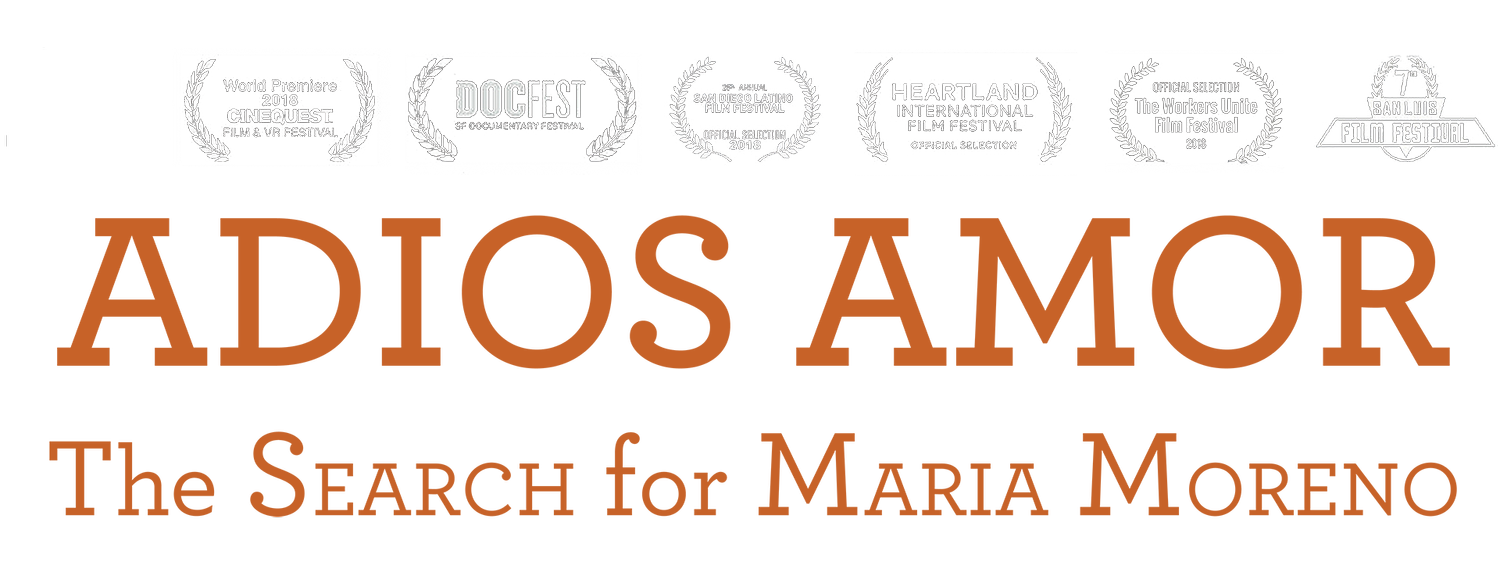George Ballis and Ernest Lowe were maverick photographers and journalists who lent their talents to the emerging farmworker movement in the 1950s-60s. Like their Depression era counterparts, they exposed the dire conditions of migrant life. But a new spirit animated their work: in portraying beauty and strength instead of victimization, they challenged the viewer’s sense of pity, demanding not charity but justice. Without their images and recordings, we never would have heard of Maria Moreno.
George Ballis (1925-2010) was a photographer, filmmaker, journalist and activist. A wiry ex-marine with a pixie's grin, Ballis moved from Chicago to Fresno in 1953 to become editor of the Valley Labor Citizen. Drawing on a six-month course with Dorothea Lange, George quickly transformed himself from a reporter with a camera to a photographer with a reporter's eye for detail and significance.
Within a short time, George was photographing farmworkers for the Agricultural Workers Organizing Committee (AWOC), a fledgling union sponsored by the AFL-CIO. He met Maria Moreno, AWOC’s only female organizer, and began documenting her activism and family life. George captured hundreds of images of Maria that were the inspiration for Adios Amor.
When the AFL-CIO fired AWOC’s best organizers—including Maria—George headed to Mississippi to chronicle the Civil Rights movement. But he returned to California in 1965 when Filipino AWOC members went on strike against the grape growers. They were joined by Cesar Chavez’s and Dolores Huerta’s National Farm Workers Association and the two groups merged to form the UFW. Over several years, George followed the ups and downs of the movement, capturing some of its most iconic images, and amassing an archive of 30,000 photographs.
George also made the documentaries I Am Joaquin with Teatro Campesino, and The Dispossessed, about the struggle of Pit River Indians to regain their tribal lands, among others. From 1975-1982, he spearheaded National Land for People, a grassroots movement to enforce laws protecting small farmers’ access to water. After that, George and Maia Ballis created Sun Mountain, a 40-acre land trust with an environmental and spiritual mission, where he died from cancer at the age of 83.
Ernest Lowe is a photographer, poet and activist. He was one of the pioneers of documentary radio in the early 1960s, conducting some of the first field recordings of migrant farmworkers and their organizing struggles. With those recordings, Ernest created groundbreaking radio programs such as KPFA’s “Sometimes Your Work A Day” and “We Will Go On.”
While he recorded the farmworkers, he also photographed their lives with his medium format camera. When Dorothea Lange saw his images, she remarked “These are my family album,” gave him money for film, and loaned him a camera.
In the mid-1960s Ernest had a major exhibition of his farmworker photographs at the deYoung Museum in San Francisco. The museum almost cancelled the exhibit when disgruntled trustees declared it to be too controversial. But an outcry of protest convinced the museum not to censor the exhibition. In addition to photographs and audio, the show featured an installation of a migrant shack that Ernest transported from the fields and reassembled in one of the galleries.
Ernest went to on work in sustainable development and industrial management. Over the last few years, he has returned to his first passion, photography. He will exhibit his photographs of the Black Okie community in the Central Valley at the Fresno Art Museum in 2018.



